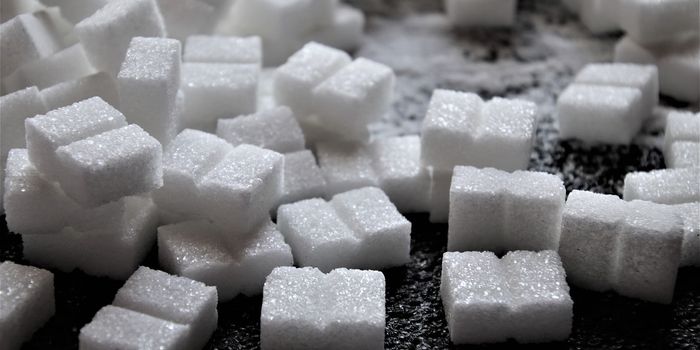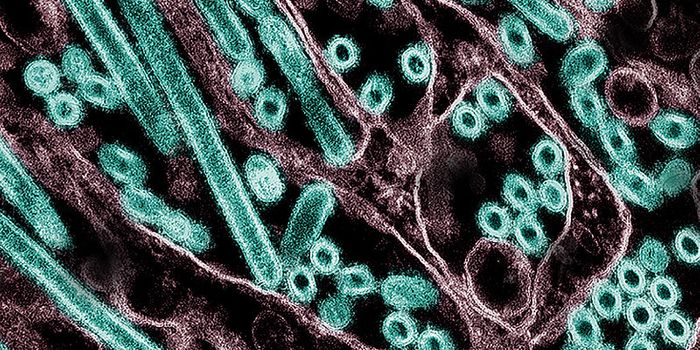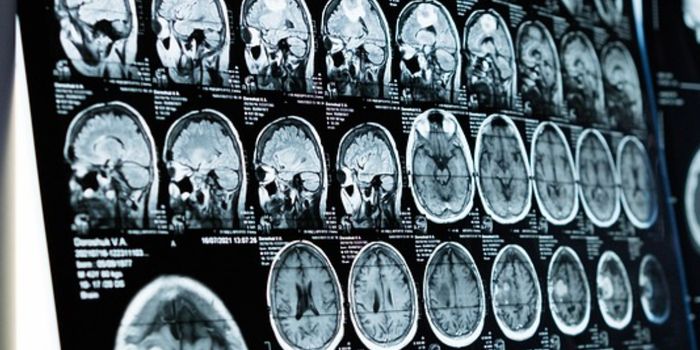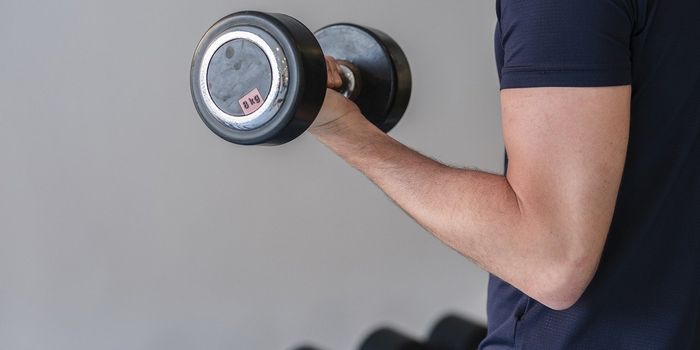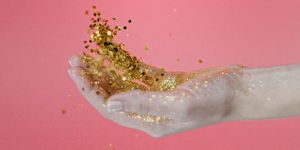A Better Way to Triage COVID Patients
Australian researchers have developed a COVID-19 triaging tool that serves as a crystal ball for healthcare workers. Once flu-like symptoms start, they will be able to use the test to group patients into two categories: Milder cases that can go home and self-isolate, and those likely to have serious symptoms and require ventilation.
One of the test’s inventors, Arutha Kulasinghe from the Queensland University of Technology, said the test has the potential to ease the burden on healthcare facilities in the areas hardest hit by the pandemic.
“This is extremely important for the triage of patients when hospitals are running near or beyond capacity,” Dr. Kulasinghe said.
Kulasinghe and the team identified a set of pro-inflammatory genes that point towards the severity of the body’s response to the coronavirus infection.
“We used spatial transcriptomic profiling (a technique which enables researchers to map cell-to-cell interactions and genes) to study lung samples from COVID-19 patients who had died.”
Spatial transcriptomic profiling is a groundbreaking technique used to create detailed maps illustrating the relationship between cells and their relative locations within a 3-dimensional space. Using this method, researchers can measure the activity of genes in tissue samples to deepen their understanding of the molecular mechanisms underlying disease trajectories. Spatial transcriptomic profiling was named ‘Method of the Year’ in 2020 Nature Methods.
One of the genes found to be a clear biomarker was a pro-inflammatory gene called ifi27. This gene was found to play a central role in defending the body against pathogenic attacks.
“The value of measuring this biomarker, ifi27, in a nasal swab or blood sample is in triaging patients because it can tell us how severe the COVID-19 disease is as soon as the patient seeks medical help with COVID symptoms,” explained Kulasinghe.
Patients most likely to have extreme symptoms have elevated ifi27 levels.
“By spatial profiling lung tissue of COVID-19 patients who had died we got a much deeper picture of the cellular changes driven by viral infection and that the lungs were a source of the raised ifi27,” said Kulasinghe, adding that the technique allowed the team to pinpoint exactly which lung cells the virus was attaching to.
The U.S. has lost over half a million lives since the pandemic crashed onto its shores. With the light at the end of the tunnel still a ways away, tools to help overwhelmed cities manage COVID cases better could not come soon enough.
Sources: Nature Methods, QUT, MedRxiv.


